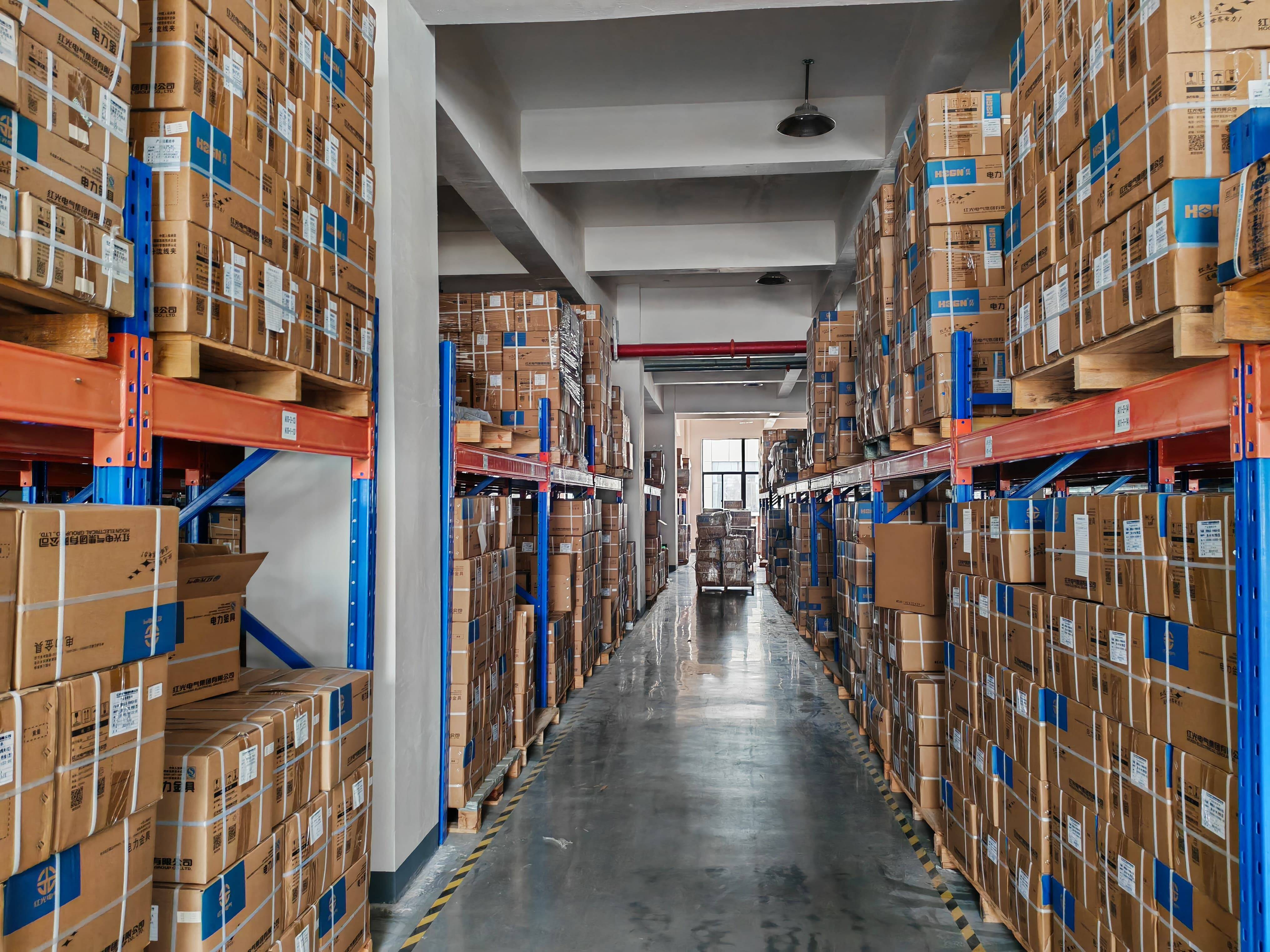Email format error
Email cannot be empty
Email already exists
6-20 characters(letters plus numbers only)
The password is inconsistent
Email format error
Email cannot be empty
Email does not exist
6-20 characters(letters plus numbers only)
The password is inconsistent

News Center

Copper Terminal Lugs OEM – The Complete Guide to Custom Copper Lug Solutions
Introduction
Copper terminal lugs are crucial components in electrical systems—enseminating reliability in power distribution, energy storage, rail traction, Renewable Energy and industrial control. Their quality dictates current flow stability, safety, and long-term performance. As demand rises for specialized copper connectivity, companies increasingly pursue OEM (Original Equipment Manufacturer) partnerships to customize lugs by spec—controlling materials, quality, cost, and supply timeline.
This post guides engineers and procurement teams through the copper terminal lug ecosystem—from core materials and design considerations to OEM manufacturing workflows, rigorous quality checkpoints, and top-tier supplier selection criteria.
1. Understanding Copper Terminal Lugs
What are they?
Copper terminal lugs are conductive end connectors used to terminate, splice, or bolt electrical conductors. They may be crimped or soldered and cover cable ends for reliable connectivity.
Common Types & Materials
-
Bare copper: High conductivity, best for dry environments.
-
Tin-plated copper: Resists corrosion, ideal for humid or salt-rich settings.
-
Bi-metal lugs (copper–aluminium): Overcome galvanic challenges when connecting dissimilar metals.
Typical Applications
Used in power distribution boards, rail traction motors, switchgear, battery systems, solar arrays, and electric vehicles—where dependable electrical continuity is essential.
2. Key Design Specs for OEM Lugs
Electrical performance
Maintain low resistance and match the copper lug size and current rating to cable gauge to avoid hotspots.
Corrosion resistance
In corrosive environments, tin or nickel plating enhances longevity and reliability.
Mechanical integrity
Ensure the lug’s barrel dimensions, wall thickness, and terminal hole match cable and bolt specifications; choose crimp or solder methods that meet torque and vibration criteria.
Installation compatibility
Design for efficient tooling (crimp dies, heat shrink sleeves) and ease of reuse or field repairability.
3. OEM Process Breakdown
-
Technical discovery
Align on electrical specs, mechanical tolerances, expected certifications (UL/IEC), and sample testing protocols. -
Prototype development
Engineer CAD drawings, produce small-mold prototypes, and test for crimp pull-out, resistance consistency, plating thickness, and tensile strength. -
Pilot run
Validate injection, extrusion, or stamping processes; inspect surface plating, dimensions, jig fit, electrical continuity, and mechanical stability. -
Scale to mass production
Integrate die casting/extrusion and plating lines; implement process control charts (SPC), perform in-process testing for torque, depth, and batch traceability. -
Certification & QC
Ensure each batch meets UL listings, IEC standards, resistance specs, and environmental approvals (salt fog, tensile, thermal cycles). -
Logistics & support
Pack with part-specific labeling, barcodes, and offer ongoing technical and inventory support.
4. Quality Control at Critical Stages
-
Incoming Inspection: Verify material purity, plate thickness, and sample conductivity.
-
Inline Control: Monitor crimp depth, machine torque, dimensions.
-
Final Testing: Batch test for electrical resistance under load, torque stability, vibration/ shock, high-temp cycles.
-
Continuous Improvement: Utilize QC data for regression analysis and performance tracking.
5. How to Choose a Strong OEM Partner
Evaluate based on:
-
Expertise & track record: Case studies spanning EV, solar, locomotive clients.
-
Certifications: UL/CSA/IEC, ISO 9001, RoHS, REACH.
-
Capacity: Small/sample orders vs large-scale production.
-
Flexibility: Custom alloy options, plating types, packaging needs.
-
Service reliability: On-time delivery, post-sales support, engineering consultation.
6. Conclusion
Custom copper terminal lugs engineered by experienced OEMs enable electrical system designers to elevate durability, safety, and value. By understanding materials, specifications, manufacturing workflows, and QC processes, engineers and buyers can confidently partner with top-tier suppliers. Whether for solar power infrastructure or EV powertrains, choosing right means better performance and fewer headaches downstream. For deeper coverage, browse follow-up topics such as bi-metal terminal lugs and eco-conscious plating innovations.
